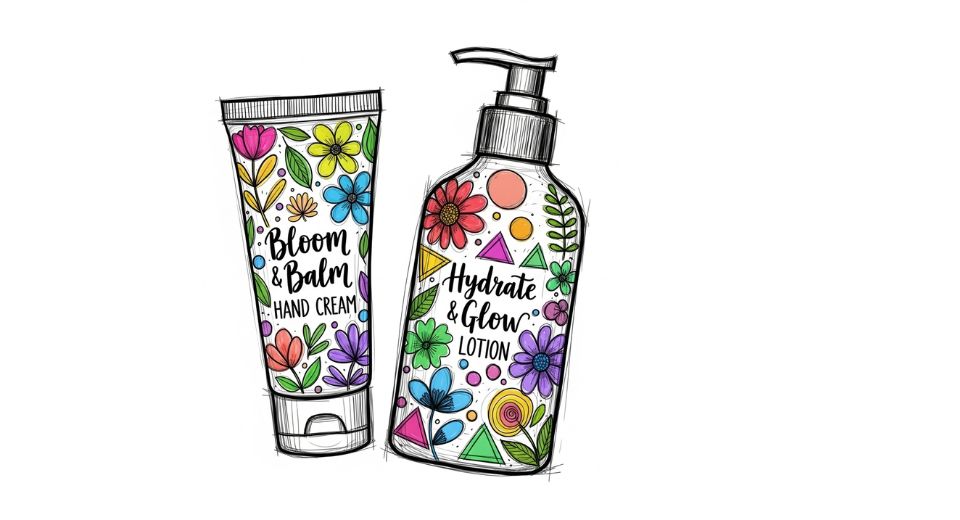
Sep 03, 2025

A carefully constructed narrative emerges around the global personal care packaging market report presented by Metastat Insight, revealing subtle insights into the shifting arena of container design, materials innovation, and distribution trends. Depth of vision and strategic insight result from a fourteen-year exposure to market trends, research practices, and client partnerships. A focus on subtleness and authenticity characterizes exploration of selection of configurations and materials, regulatory changes, and environmental forces. This account captures wisdom gained through long-term exposure to the manufacturing process, supply chain complexities, and the expectations of stakeholders. Global Personal Care Packaging market is projected to account for $49,245.81 million in 2025 with a CAGR of 10.8% between 2025 and 2032.
Discerning eyes look into material choice, where polymer development, sustainable substitutes, and recyclability are combined with the requirements of performance. Focusing on changes from traditional plastics to innovative biodegradable films and vegetable polymers, emphasis is placed on touch, barrier, and appearance appeals that meet consumer taste. Material selection is responsive to legislative nudges, waste reduction goals, and business ethics. Inclusion of refillable reservoir containers, light-weight pipes, slender jars, and sectioned formats announces design philosophy maturation aimed at minimizing environmental impact while retaining storage and transit integrity. A veteran's mind eye acknowledges subtle bargains between cost structures, availability of supplies, and regulatory limits, all guiding innovation. Approaches to packaging design come under critical examination through the eyes of ergonomics, beauty, and brand narrative. Packaging forms that enable user convenience like dispensing pumps, squeezable containers, and airless applicators realize through design research prioritizing functional convenience and product protection.
Visual storytelling infused in finishes, translucency, and textural contrast enhances brand communication, sensory experience, and shelf stand. Growing fascination with personalization by the customization of labels, embossing, and limited-edition collections emphasizes touch with discerning consumers. Carefully honed strategies that marry form to function reflect profound insight acquired through prolonged engagement with brand teams, industrial designers, and market stakeholders. Distribution logistics become critical elements, in which optimization of packaging size, stackability, and weight savings equates to cost-effectiveness and carbon-emission reduction. Corrugation processes, cushioning inserts, and lightweight secondary packaging preserve product integrity over lengthy supply chains. Retail and e-commerce channel expectations of distribution partners influence packaging durability, flexibility to varying climate extremes, and convenience of handling.
A long history of experience with logistics planning leads to understanding of packaging that provides structural protection while constructed in minimalist form. Sustainability emerges with multi-dimension analysis of circular economy systems, refill projects, and post-consumer recycling schemes. Use of mono-material containers, recyclable caps, and minimized ink consumption signifies the way forward to environmentally friendly constructs. Engagement with waste-management stakeholders and involvement in extended producer responsibility initiatives enhance corporate responsibility for lifecycle management. Sophisticated understanding of extended value networks enhances coordination among material providers, recyclers, and brand custodians to ensure material recovery loops and material traceability. Innovation processes evolve through collaborative partnerships between material scientists, equipment suppliers, and brand strategists. Production of barrier coatings from bio-based resins, antimicrobial surfaces, and tamper-evident capabilities demonstrate sensitivity to consumer health issues and product safety laws. Cross-functional teams optimize injection-molding, blow-molding, and thermoforming methods to support thinner walls without compromising strength or clarity. Focus on tooling physics, cycle times, and cost efficiencies demonstrates operational expertise built over decades of project leadership.
Regulatory context pervades narrative, leading the way in conformity to substance limitations, labeling requirements, and transport classifications. Packaging adjustment to international regulations demands research knowledge in the limits of chemical migration, allergen declaration, and recyclable labeling requirements. Structural engineers balance design tolerances with packaging performance testing and certification specifications. Familiarity with dealing with intricate regulatory environments between jurisdictions guarantees packaging conformity at the expense of design aspirations.
Consumer psychology plays a leading role through studies of perception, tactile response tests, and unboxing experiences. Sensory cues like click-sound closures, weight balance, and surface textures all play roles in perceived value and consumer satisfaction. Feedback from focus groups and ethnographic research guide packaging decisions that build brand trust, lead to repeat purchase, and facilitate gifting behaviours. Years of working with consumer insight research allow sensitivity to emotional touchpoints embedded in packaging.
Cost stewardship underlies every decision thread where material cost, manufacturing economies, and packaging line efficiencies intersect. Resin choices, additive procurement, and decoration methods drive cost-control decisions. Economists, procurement experts, and operations analysts converge to make packaging deliver performance within cost constraints. Operation improvements like inline decoration, lightweighting, and modular tooling enable scalable production without margin decay.
Integration of brand identity into packaging is an understated art. Simple design, trademarked colour schemes, location of logos, and finish choice all play a part in instant recognition. In-house creative teams and brand custodians work together to align packaging deliverables with larger brand architecture and storytelling platforms. Packaging serves not only as container but as herald of brand philosophy.
Technology enablers include smart packaging in which embedding QR codes, NFC tags, and RFID markers provides avenues for authentication, traceability, and consumer interaction. Digital overlays support physical formations without compromising visual simplicity. Supply chain players gain from enhanced SKU tracking, counterfeit protection, and inventory accuracy. Experience in managing digital-physical deployment supports easy rollout across manufacturing systems.
New channels like direct-to-consumer subscription models and online marketplaces drive form-factor choices. Narrow tubes, sachets, and sample-pack formats allow for cost-effective shipment and stacking in the home setting. Package engineering meets protective enclosures for parcel delivery and return logistics. Alignment with shifting paths of purchase reflects agility driven by continuing engagement in the marketplace.
In conclusion, storytelling comes full circle to a well-thought-out view presented by Metastat Insight's global personal care packaging market report, remixed with originality and richness. This mature insight underpins strategic collaborations, deployment of innovation, and packaging evolution meeting functional integrity, environmental awareness, and emotional connection, mirroring the sophisticated requirements of personal care brands and their consumers.
Drop us an email at:
Call us on:
+1 214 613 5758
+91 73850 57479